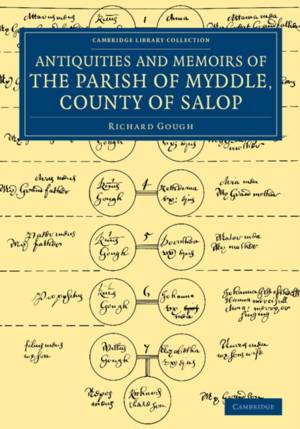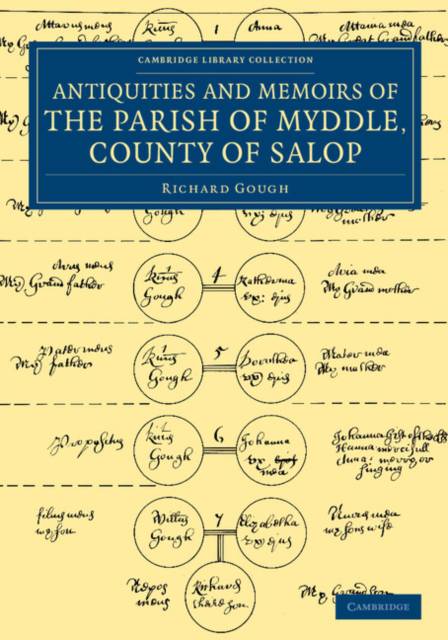
Door een staking bij bpost kan je online bestelling op dit moment iets langer onderweg zijn dan voorzien. Dringend iets nodig? Onze winkels ontvangen jou met open armen!
- Afhalen na 1 uur in een winkel met voorraad
- Gratis thuislevering in België vanaf € 30
- Ruim aanbod met 7 miljoen producten
Door een staking bij bpost kan je online bestelling op dit moment iets langer onderweg zijn dan voorzien. Dringend iets nodig? Onze winkels ontvangen jou met open armen!
- Afhalen na 1 uur in een winkel met voorraad
- Gratis thuislevering in België vanaf € 30
- Ruim aanbod met 7 miljoen producten
Zoeken
The Antiquities and Memoirs of the Parish of Myddle, County of Salop
Richard Gough
€ 64,45
+ 128 punten
Omschrijving
The author of this work, written in 1700-1 but not published until the nineteenth century, is sometimes confused with his later namesake, the antiquarian Richard Gough (1735-1809), though they are not in fact related. Richard Gough of Myddle in Shropshire (baptised 1635, died 1723) was a farmer and also acted as a land steward. This book on the history of his parish and the families living in it was not apparently intended for publication. However, more than one copy was made, as a version that does not match the text presented here was privately printed in 1834: this version was published in Shrewsbury in 1875. Gough describes his parish, the great local landowners, and the castle, and then gives histories of the local families. This is one of the earliest surviving examples of a local history, and is famous for its detailed account of the minutiae of village life.
Specificaties
Betrokkenen
- Auteur(s):
- Uitgeverij:
Inhoud
- Aantal bladzijden:
- 222
- Taal:
- Engels
- Reeks:
Eigenschappen
- Productcode (EAN):
- 9781108079198
- Verschijningsdatum:
- 5/03/2015
- Uitvoering:
- Paperback
- Formaat:
- Trade paperback (VS)
- Afmetingen:
- 178 mm x 254 mm
- Gewicht:
- 394 g

Alleen bij Standaard Boekhandel
+ 128 punten op je klantenkaart van Standaard Boekhandel
Beoordelingen
We publiceren alleen reviews die voldoen aan de voorwaarden voor reviews. Bekijk onze voorwaarden voor reviews.











